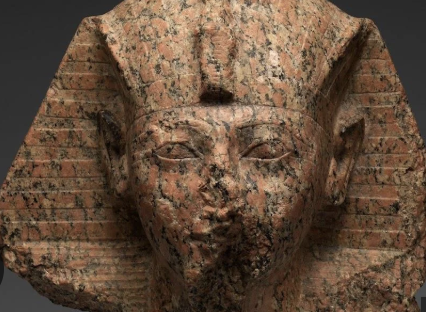Responsibilities and Ethics or Archaeology
1/30
Earn XP
Description and Tags
Name | Mastery | Learn | Test | Matching | Spaced |
|---|
No study sessions yet.
31 Terms
Goals of Archeology
perserve cultural heritage
understanding how and why things happened in the past
understanding the lived experiences of the past
dissemination
Excavation is a destruction process
students have an enormous responsibility to document
have to get everything with one excavate
Preservation and conservation
preserve world and local heritage
disseminate knowledge in both academic and public settings
Formation processes
natural
cultural
natural formation processes
non-human events that create, alter, or preserve archaeological sites
cultural formation processes
human activities that create, alter, and preserve archaeological sites over time
looting and destruction of cultural heritages
illegal, indiscriminate taking of archaeological remains, these often sold for profit
illegal trade in antiques is the wolrds fourth most lucrative business after drugs, guns, and money laundering
effacing history
the destructive actions of archaeological work or the historical record can erase or damage the past
Thutmose III defaced the figure of Hatshepsuts
defaced monuments and images ofter hatshepsuts death
chiseled away her name
break statues
covering her images
remove her power and political standing

The role of CRM
identify, evaluate, document, and preserve cultural and archaeological resources while balancing development needs
The Miami Circle
archaeological site that is protected
collaborated with local people to save the circle
Dissemination
to spread something (information) widely
technical reports
academic publications
public engagement
Control of the Past
politics and ideologies
research agendas
media
tourism
Alternative Narratives
archaeological narratives are not the only valid ways of reconstructing the past
some narrative can be harmful
manipulate data
use fake evidence to support your claim
backtracking until you can prove it
who decides?
Unethical use of archaeology
Gustaf Kossinna
Nazis
Movies
Pseudoarchaeology
why is it harmful?
non-scientific based speculations of archaeological data
examples:
ancient aliens
lost contient
Preservation
involves a range of methods and legal frameworks to protect archaeological sites and artifacts from deterioration and destruction
Tension between local, national, and world heritages and identities
descendent communities
until very recently, they were not permitted to enter thier own ancestors site
blood ties or cultural affiliation?
archaeological, tourism, and national identity
local or nation heritage?
they say they have a right to look after those remains
others believe they should belong to national heritage
others say it should be a World Patrimony
believe it should belong to the local people
questionable export
exported to one place to another through individuals institutions
elgin marbles
UNESCO
conventions for the protection of cultural property in the event of armed conflict 1954
[ ] conventions on the means of prohibiting and preventing the illict import, export, and transfer of ownership
tourism
pro
funding for preservation
local economic opportunities
cultural awareness
cons
site deterioration
over tourism
risk of commercialization and looting
who controls the past?
state, media, experts, descendent populations?
no single group
National Historic Preservations Act (1966)
national preservation program and a system of protections for historical and archaeological sites
Archaeological and historic Preservation Act (1974)
requires federal agencies to preserve historical and archaeological data that might be lost due to federally funded or licensed projects
provides authority and funding for federal agencies to recover and preserve artifacts and data by conducting surveys, investigations, and analysis, and requires them to set standards for managing archaeological collections and securing curatorial services
native American Graves Protection and Repatriation Act (NAGPRA) (1990)
federal law that protects native american graves, requires the return of native american human remains and cultural items to lineal descendents and tribes, and provides a process for their repatriation
applies to federal agencies and institutions that receive federal funds
UNESCO Convention (1970)
means of prohibiting and preventing the illicit import, export and transfer of ownership of cultural property is an International treaty to combat the illegal trade in cultural items
UNIDROIT Convention (1995)
convention on stolen or illegally exported cultural objects
an internation treaty that supplements the 1970 convention by creating uniform private law rules to aid in the restitution and return of cultural property
Why archaeology?
Beyond scientific research
site documentation and preservation
reconstruction of culture history
preservation of excavated features and artifacts
archiving of records for future use (field notes, maps, forms, etc.)
disseminating information to the public (publication)
access to these materials and records for future study (museum)
protection of the rights of the living descendents of the ancient society
Provenance
where things are made (its origin)
Provenience
where things are found (its spatial context)
three dimensional location of any kind of archaeological data
why is looting a problem?
destruction of cultural heritage
loss of information for understanding human history